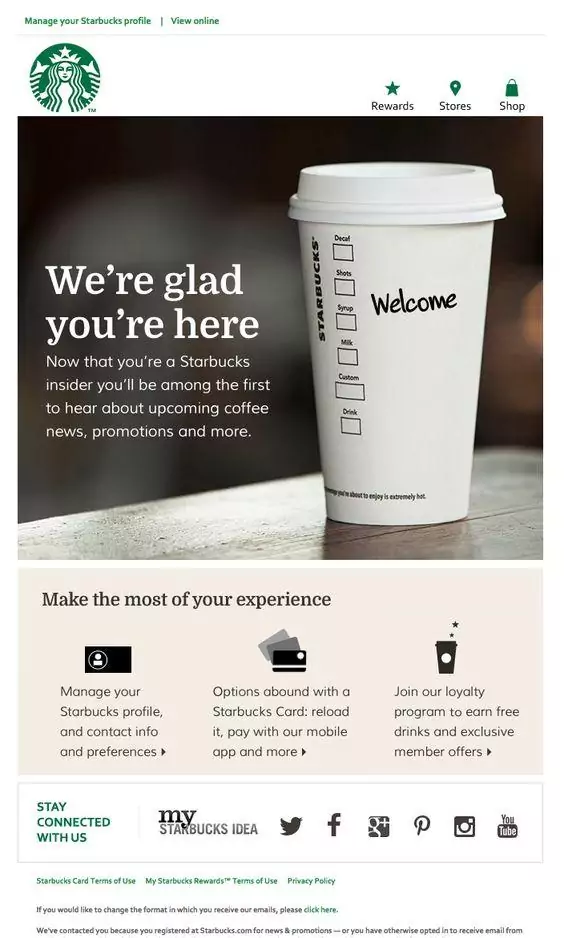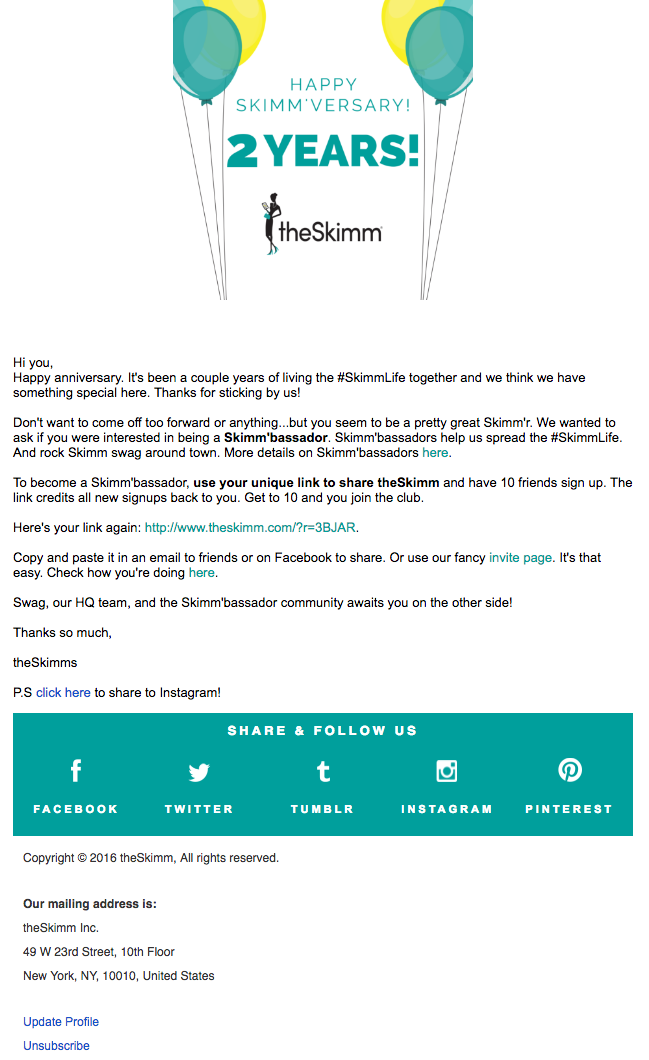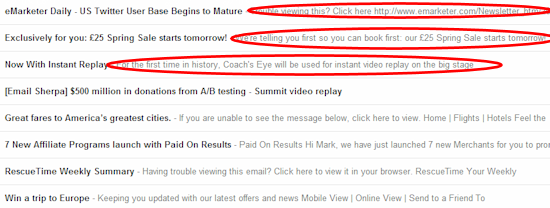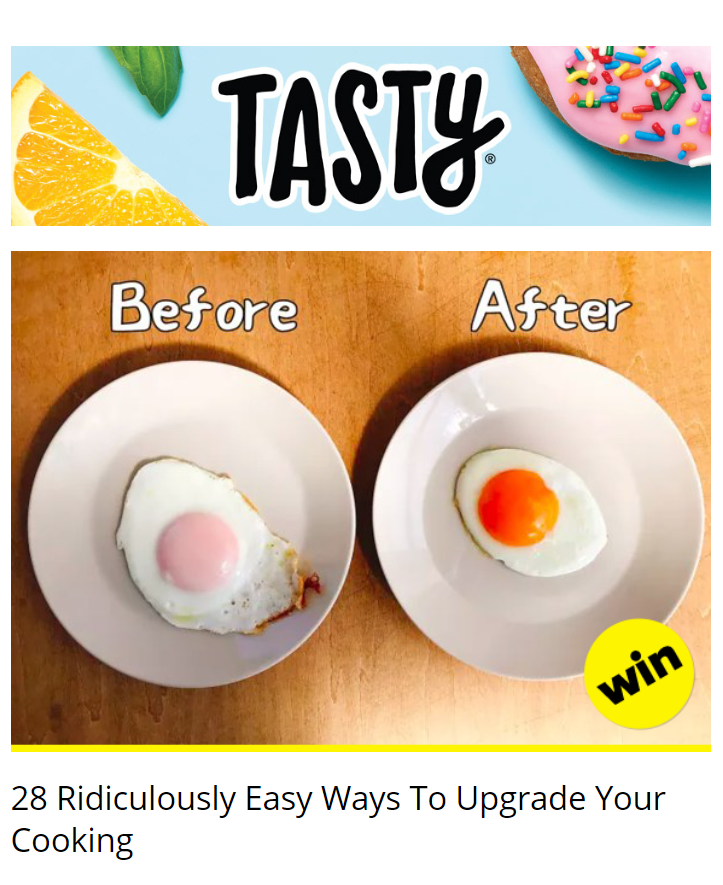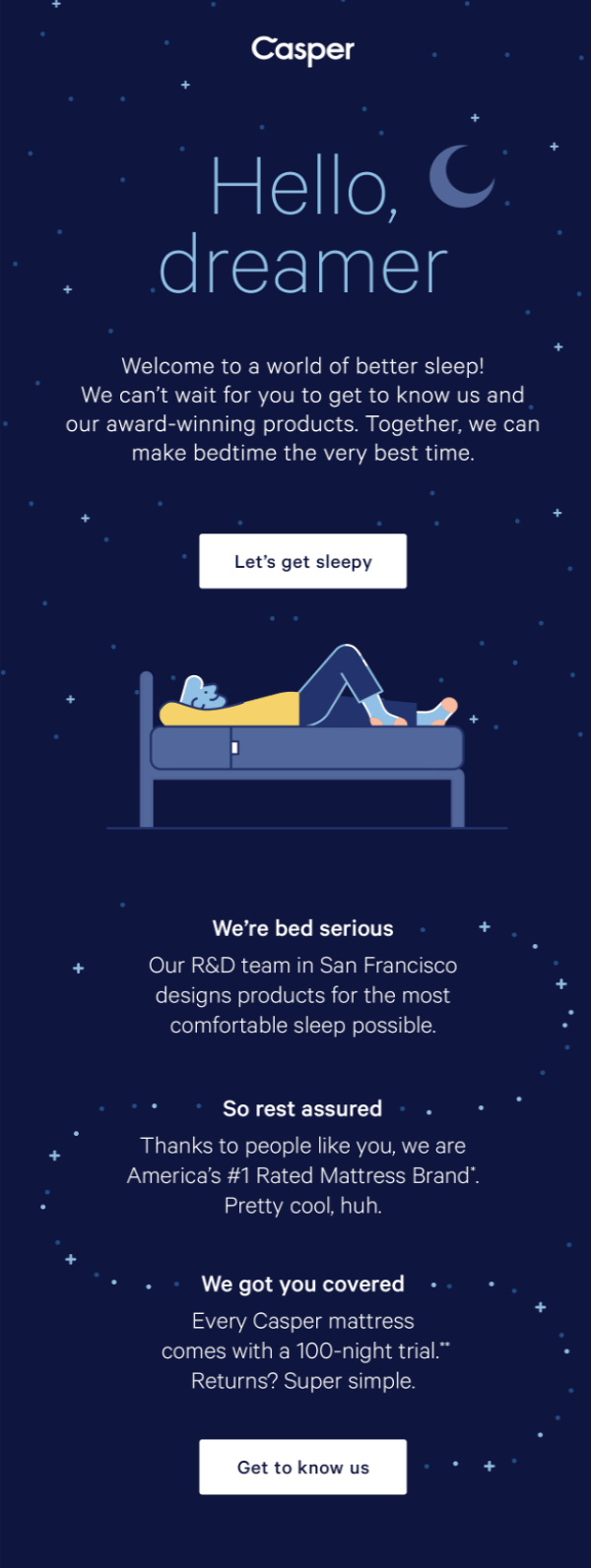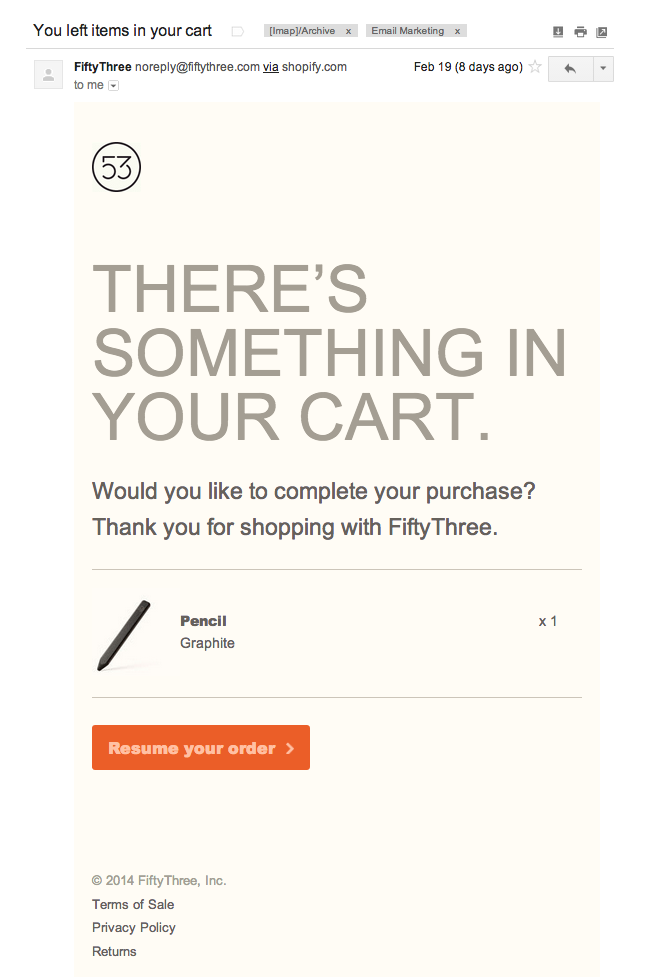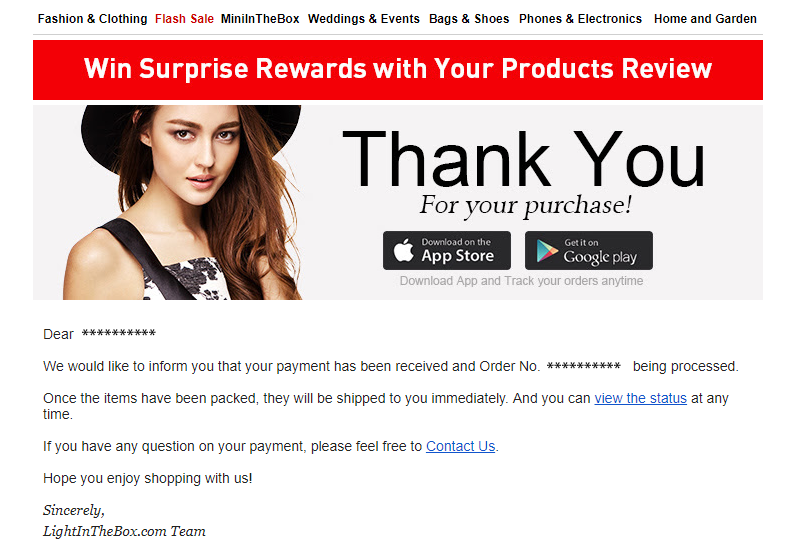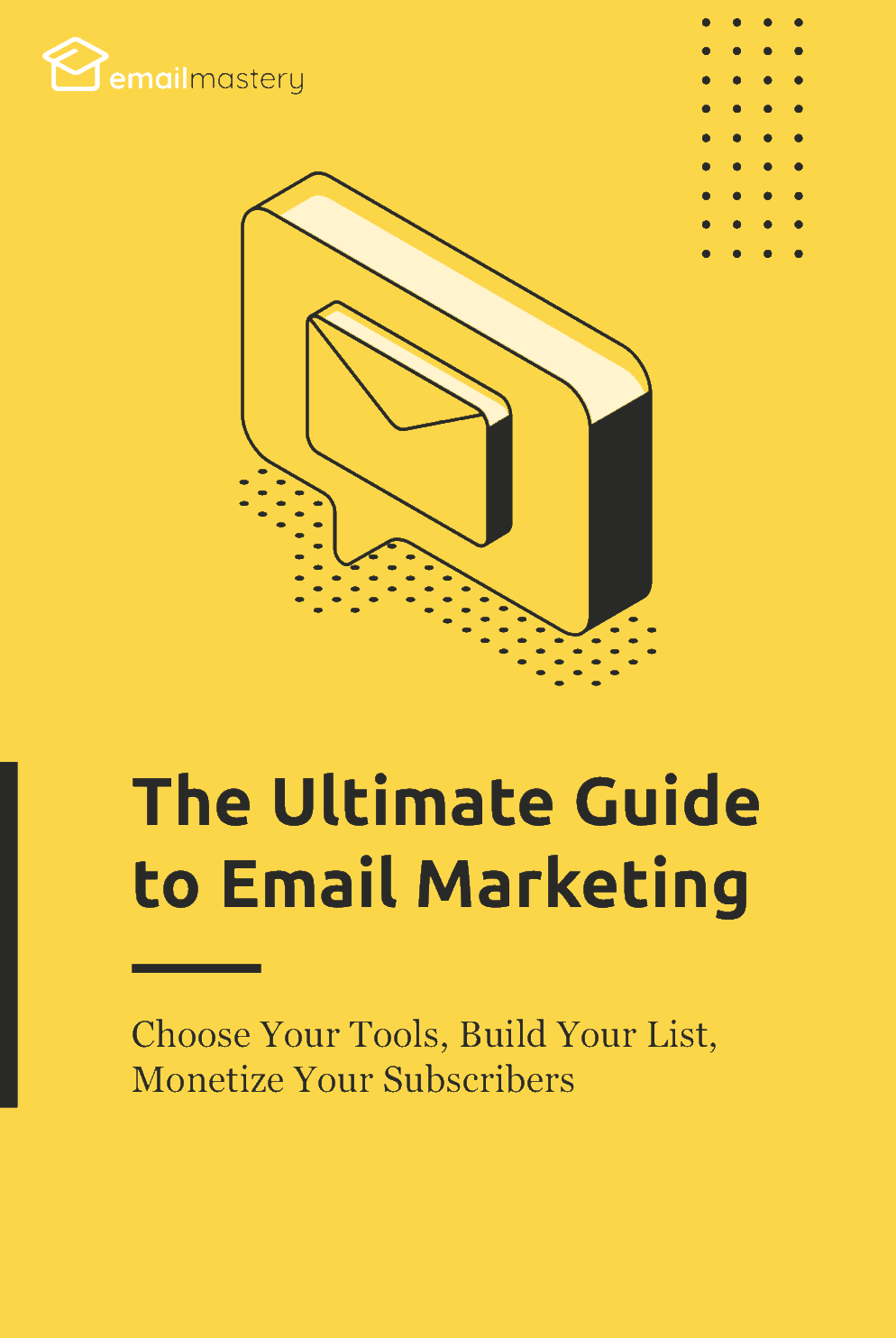
Chapter 5 - Types of Email Marketing Campaigns for Building a Relationship with and Monetizing your Audience
Now, you have an email list.
Maybe you have several hundred subscribers or maybe you have several thousand. Whatever the case, your follow-up questions are clear: What do I send them? How do I build a relationship with them? And ultimately, How do I monetize them?
Those are reasonable questions, of course.
After all, you built an email list because you’re trying to grow your business — a business, by the way, that depends upon paying customers.
But having an email list isn’t enough.
You need to interact with them and build a relationship with them.
Only then, will you finally be able to monetize them.
So let’s dissect the guts of a high-performing email campaign and then we’ll walk through 6 types types of campaigns you can start sending right away.
First though, here’s a quick high-level overview of the types of emails at your disposal.
- For marketing
- Drip sequence or autoresponders (multiple emails sent over a period of time)
- Triggered email (email sent after subscriber takes a certain action)
- Broadcasts (typical one-off email)
- For customer’s journey
- Post-purchase email sequence (emails sent after someone buys)
- Confirmation/receipt emails (these emails can also be used for up-selling)
- Abandoned cart emails
- Support email (“Can I help you?”)
- For transactions
- Invoices
- App notifications
- Company updates
The anatomy of a high-performing email campaign
What is a high-performing email campaign?
Put simply, it’s a campaign that gets an above average amount of opens, clicks, and conversions. It receives attention from your subscribers because it’s relevant to them. For you, that attention either translates to a stronger relationship with your audience or to more revenue for your business (depending upon the type of email you’ve sent and the intention of that email).
At least, that’s the result of a high-performing email campaign — if a campaign doesn’t do those things, then it isn’t “high-performing.”
But how do you create a high-performing email campaign at all? Then, how do you do it consistently? How do you ensure that every email you send either builds a relationship with your audience or converts motivated prospects?
Well, every business is different. Some of you will find success by sending emails on Sunday instead of Tuesday and others of you will win customers by sending emails every single day.
Since each industry and business is different, so too are the factors that make those company’s email campaigns successful.
Still, all of those “unique” businesses are more similar than they’d like to admit. While subtle differences in ideal send-time and frequency threaten to confuse the issue, the reality is that 90% of those businesses are sending the same types of high-performing emails — the emails that work over and over again.
And below, we’ve recorded the bare-bones of what makes these amazing emails…well, amazing.
1. Email deliverability
If your email doesn’t get delivered to your subscribers inbox, then you might as well not have sent the email at all. With a low deliverability rate (usually caused by poor engagement over a long period of time or by using an IP address with a shady reputation), your subscribers won’t even have a chance to open your emails. We’ll talk more about fixing your delivery rate in Chapter 6.
2. Subject line
Assuming your email successfully reaches your recipient’s inbox, the subject line is the first thing that your subscribers will see — it’s what helps them decide whether they’re going to open your email or not. If you don’t catch their attention amidst an inbox that’s probably already flooded with lots of other marketer’s emails, then you’ve lost.
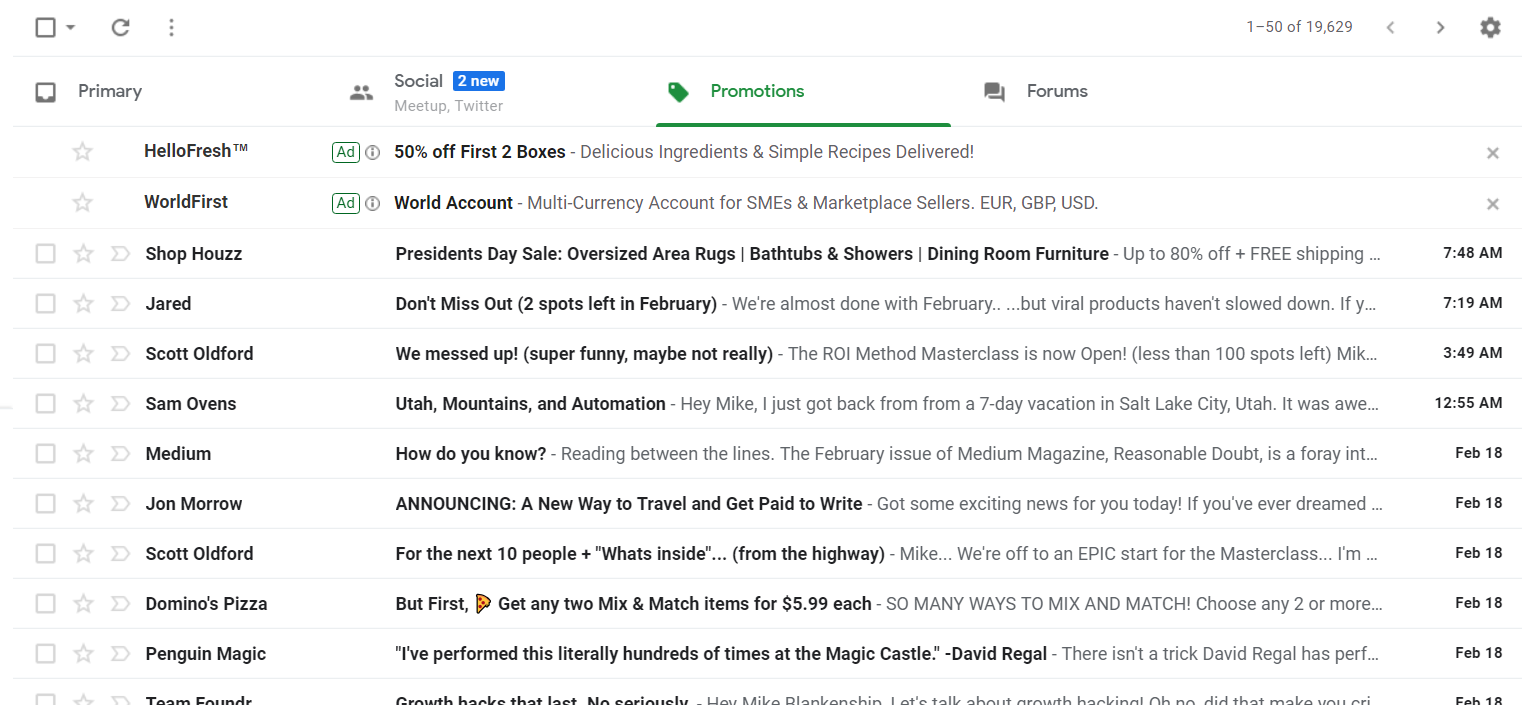
3. Email design
You don’t need to spend 10 hour or even 5 hours on your email design. The primary goal of your email’s design is to make it look professional and keep it mobile friendly (mobile is responsible for more than 50% of email opens). Then add a logo if you have one. Remember, the design of your email communicates just as much (or more) than the content itself. Keep it clean, simple, and well-branded. And try to be consistent across all mediums — online and offline.
4. Email content
The content of your email campaign is the words within the email — the story you’re telling or the thing you’re asking your subscribers to do (sometimes referred to as the “Call-to-Action” or CTA). Similar to the design of your email, solidify your placement as a professional in your industry, create a consistent tone of voice across all emails, and always send content that is relevant to your subscribers (even if it means segmenting your list).
5. Email preheader
After your subject line, this is often the second thing your audience reads to determine whether to open your email or not. Write it with that in mind. Most ESPs will allow you to customize your preheader, rather than just pulling the beginning text from your email campaign. This is an excellent opportunity to engage your audience and get them to open your email.
5. Email header or banner
The visual header of your email serves to identify your brand as the sender of the email, evoke past experiences and emotional responses correlated with your business, and introduce the subject of the specific email.
5. “From” address
The “From” address field serves to identify who the email is from (i.e. you or your brand). Generally speaking, it’s best to use your business email address in this field to keep it more personal. Do not use a “no-reply” email address in your normal email marketing campaigns.
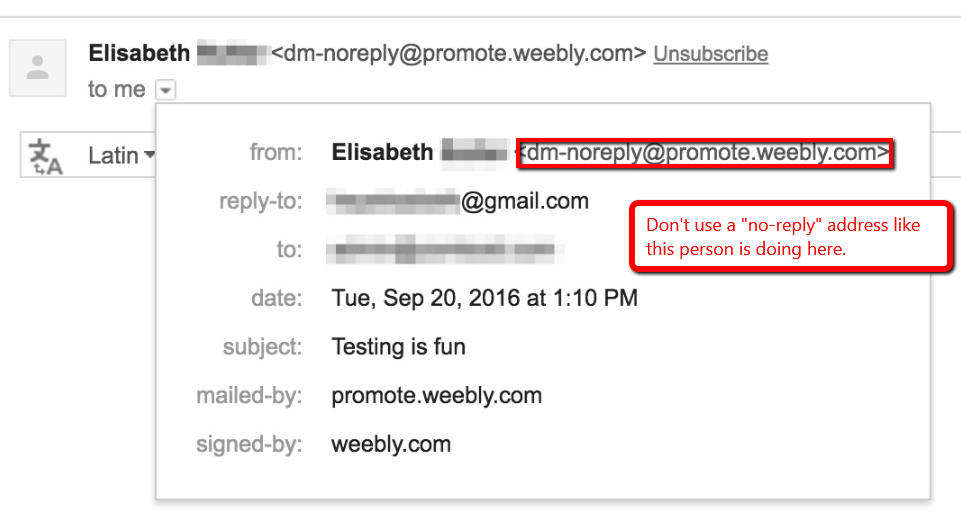
(Image Source)
6. Physical address
The CAN-SPAM Act is a U.S. law that regulates that actions of commercial emails. It requires you and every other marketer to include your valid physical postal address for your business in the contents of every promotional email. This is usually in the footer.

7. Unsubscribe link
Also according to the U.S. CAN-SPAM laws, all commercial emails must include a way for the recipients of those emails to opt out from receiving future campaigns — also known as your “unsubscribe” link. This will usually be included in the footer of your email automatically by your ESP.
6 types of high-performing email marketing campaigns you can use right away
Now that you understand the anatomy of a high-performing email, let’s discuss 6 types of email campaigns you can send to your list right away.
1. The welcome email campaign
When someone joins your list, the first thing you should do is welcome them to your tribe with a friendly email. You can even include a free gift or discount code as a “thank you” for signing up. Or you can simply say “hello” and tell them what they should expect now that they’re subscribed to your emails.
However you do it, these welcome emails go a long way toward building a healthy relationship with your audience. They have an average open rate of 50%, which is 86% higher than other email campaign types and users who receive a welcome email are an average of 33% more engaged with the brand from there on out.
2. The newsletter campaign
One of the best ways to consistently engage with your audience and maintain a thriving relationship is to send newsletter campaigns. Update your subscribers with new blog content you’ve posted, things going on at your business, or advice you’d like to share with them.
3. The promotional campaign
Once you have a relationship with your audience, you’ll eventually want to ask them to buy from you — you’ll want to monetize that audience. A promotional email is perhaps the best way to do that. Offer a discount, a sale, or a personalized offer that your subscriber can’t resist. Keep it simple and make the offer awesome and relevant.
4. The cart abandonment campaign
Shockingly, online customers abandon their shopping carts 69% of the time — meaning they put something in their online shopping cart, consider checking out, and leave.
Fortunately, there’s an easy to way to recapture those lost sales: an automated cart abandonment email campaign.
And those emails are crazy effective, with a 50% average click-through rate and 50% of people who click finishing their purchase. To implement these emails, you’ll need to set up the appropriate triggers with your ESP, create your email, and automate it.
5. The post-purchase campaign
When someone purchases a product from you, you have a wonderful opportunity to thank them and build a stronger relationship with them because of it. After all, keeping past customers is far more profitable than finding new ones, with 65% of a company’s sales coming from existing customers.
In other words, don’t forget to create an awesome experience when someone purchases your product or service. The more awesome the experience you create, the better relationship you build, and the more likely they’ll purchase from you again in the future.
6. The re-engagement campaign
Once people have been on your list for a while, it’s not unusual for them to get used to ignoring your emails. I know, kinda stinks to hear. But it’s the reality. Your subscribers have lots of emails hitting their inbox every day and if they paid attention to every single one of them, they probably wouldn’t do anything else all day.
Fortunately, some of those lost subscribers just need a reminder that you’re still around and that you’re here to help them with their problems. A re-engagement campaign goes to a segment of your subscribers who haven’t engaged with your emails for an extended amount of time. And this type of campaign works wonders to get back the attention of those who’ve forgotten about you.
A checklist to ensure high-performing email campaigns… every time
Sending great emails every time is easier said than done — emails that engage your subscribers, build a long-term relationship, and convert prospects.
Sometimes you’ll mess up, a campaign won’t perform as well as you thought it would or you’ll even get complaints from your list about the content you sent.
Don’t think of these as failures, though. Instead, think of them as lessons — ways that you can improve in the future.
Still, to give every email you send the best chance of being a “high-performer”, here’s a simple checklist you can use.
Subject Line
- The subject line is relevant to your subscribers and will easily grab their attention amidst the flood of other subject lines
- The subject line is relevant to the content of the email
- The subject line is 65 characters or less (to optimize for emails read on mobile devices)
Design
- The design shows your professionalism and industry expertise
- The design is consistent with your brand identity, and with past emails and future emails
- The design is optimized for mobile (thumb-friendly)
- The design is clean, simple, and easy on the eyes
Content
- The content of the email is relevant to the subscriber who it’s being sent to
- The content of the email is consistent with your brand tone, and past and future email campaigns
Preheader
- The preheader text follows logically from the subject line
- The preheader text is relevant to your audience and enticing
Header
- The header of the email communicates your brand identity and/or communicates the specific topic of the email
Footer
- Your physical address is included on the bottom of your email
- Your email has an unsubscribe link at the bottom
From Name
- Your From Name is easily recognizable for your audience.
- Your From Name is consistent with your branding (i.e. @yourbranddomain.com and not a free email like Gmail, Yahoo, etc).
- Your “From” email address is either your personal work email or something else — it is not a “no-reply” address
Now you understand the anatomy of a high-performing email, you know what type of email campaigns you can use to engage with and convert your subscribers, and you even have a checklist for ensuring you consistently send impactful email campaigns.
But how do you know when an email campaign is “high-performing”?
It all comes down to knowing the data behind each email (how many people opened, clicked, and converted). And that’s exactly what we’re turning our attention to next.

